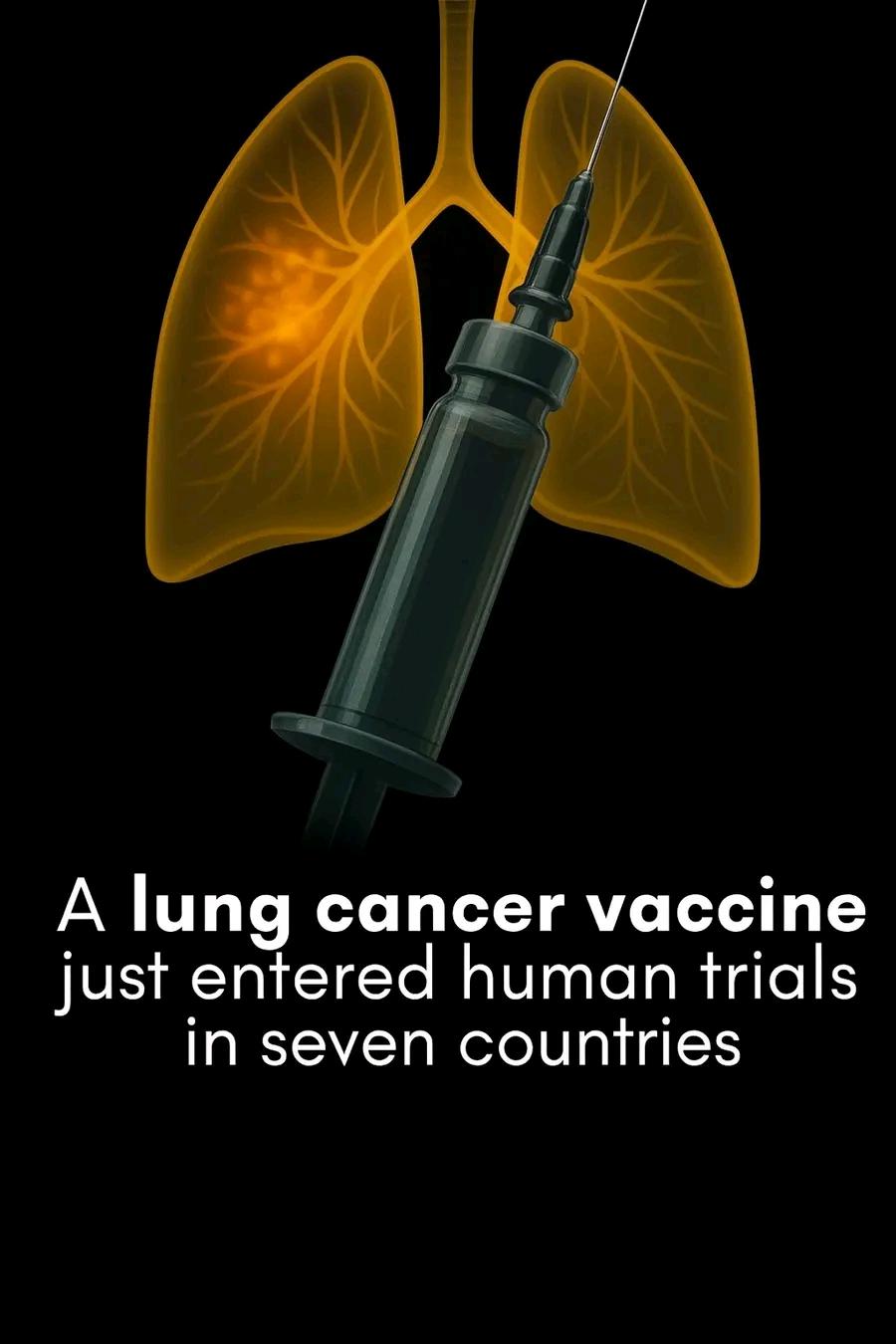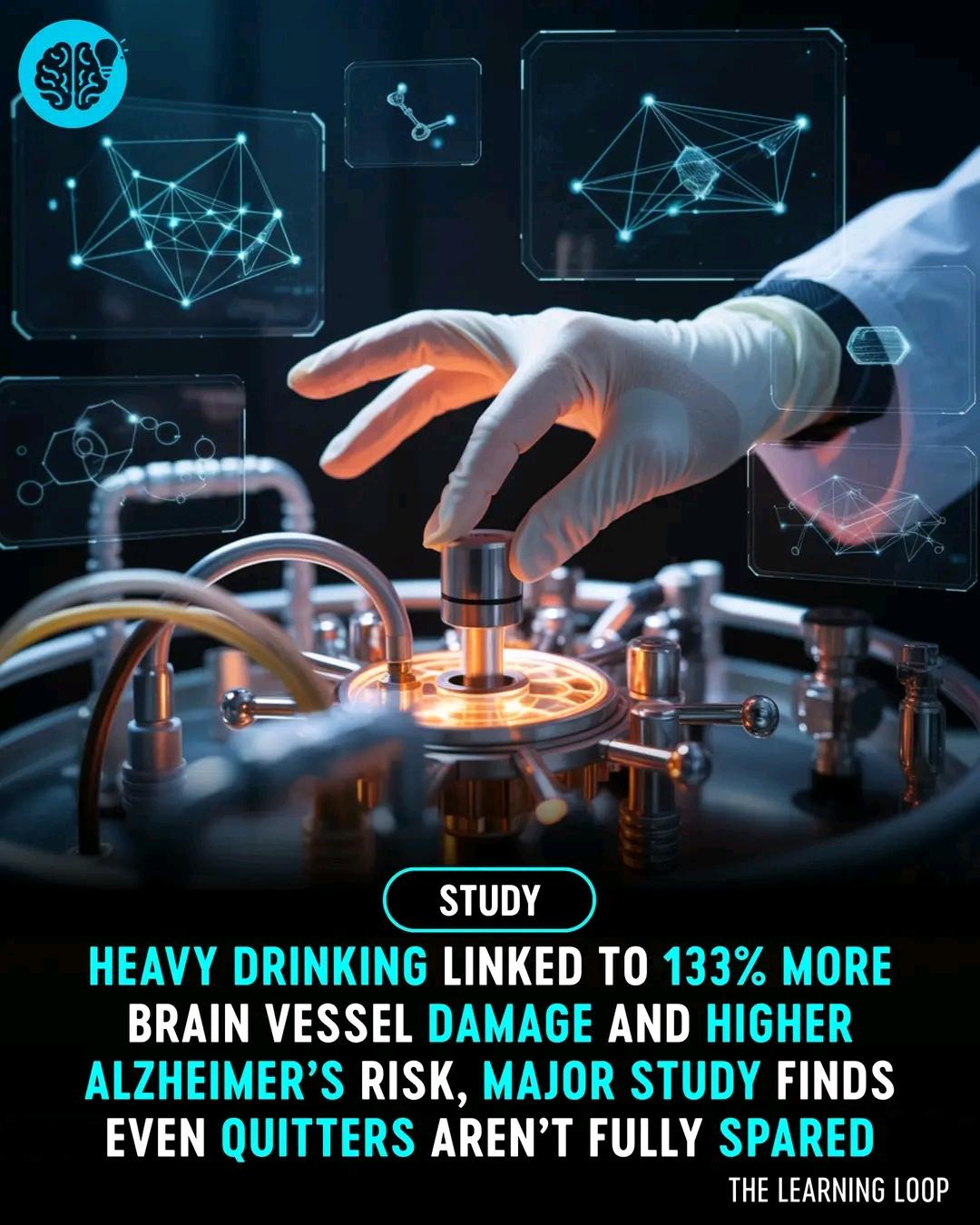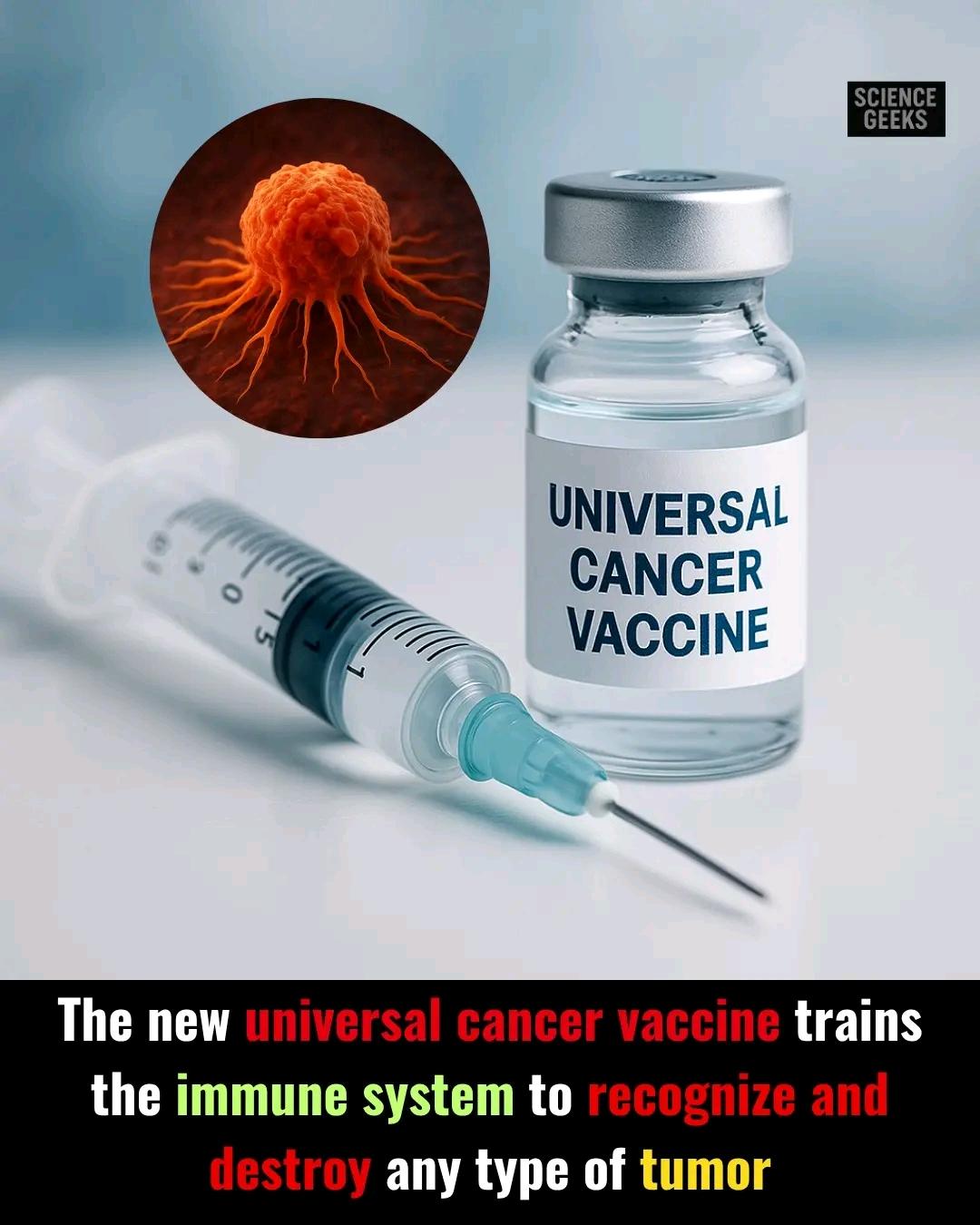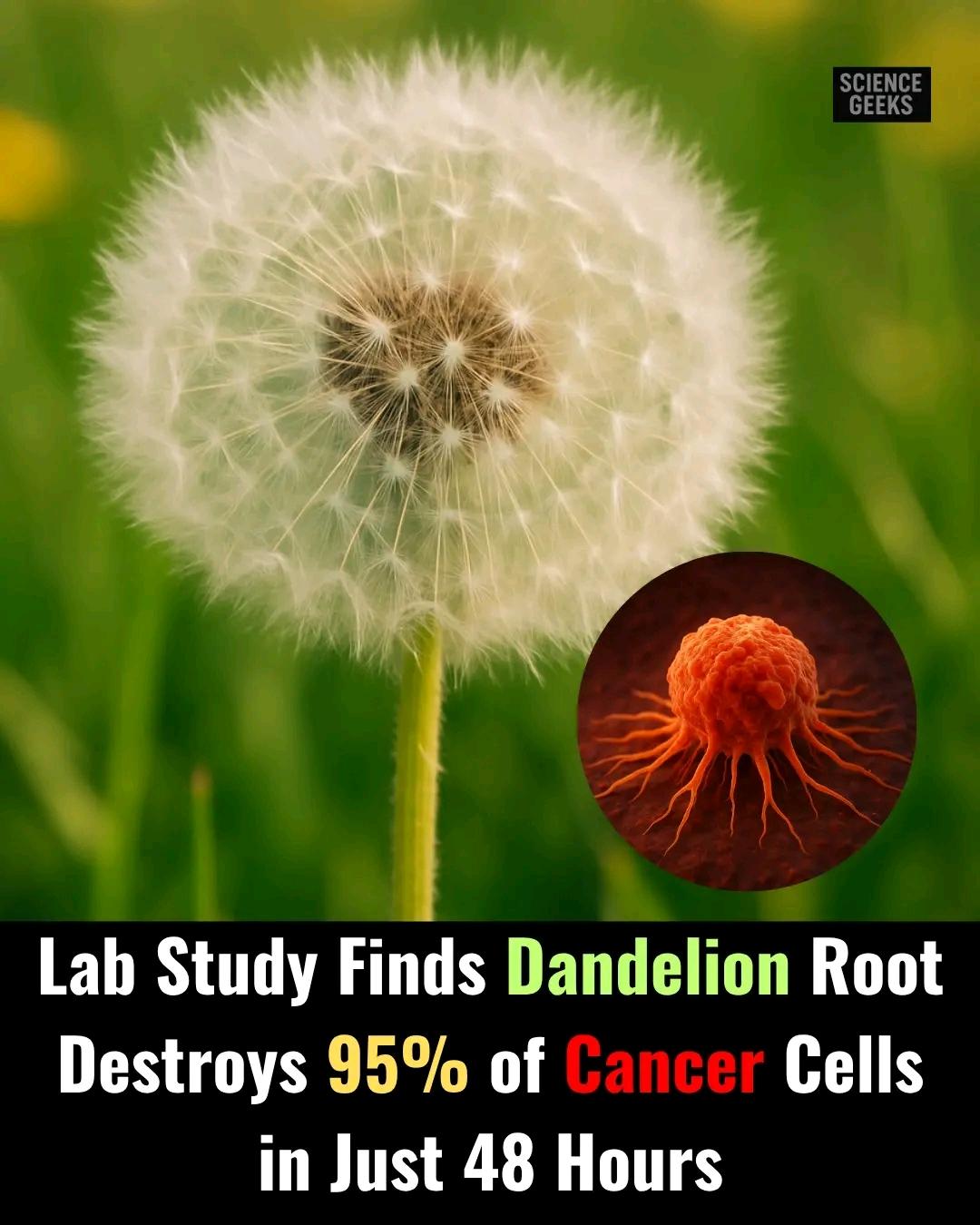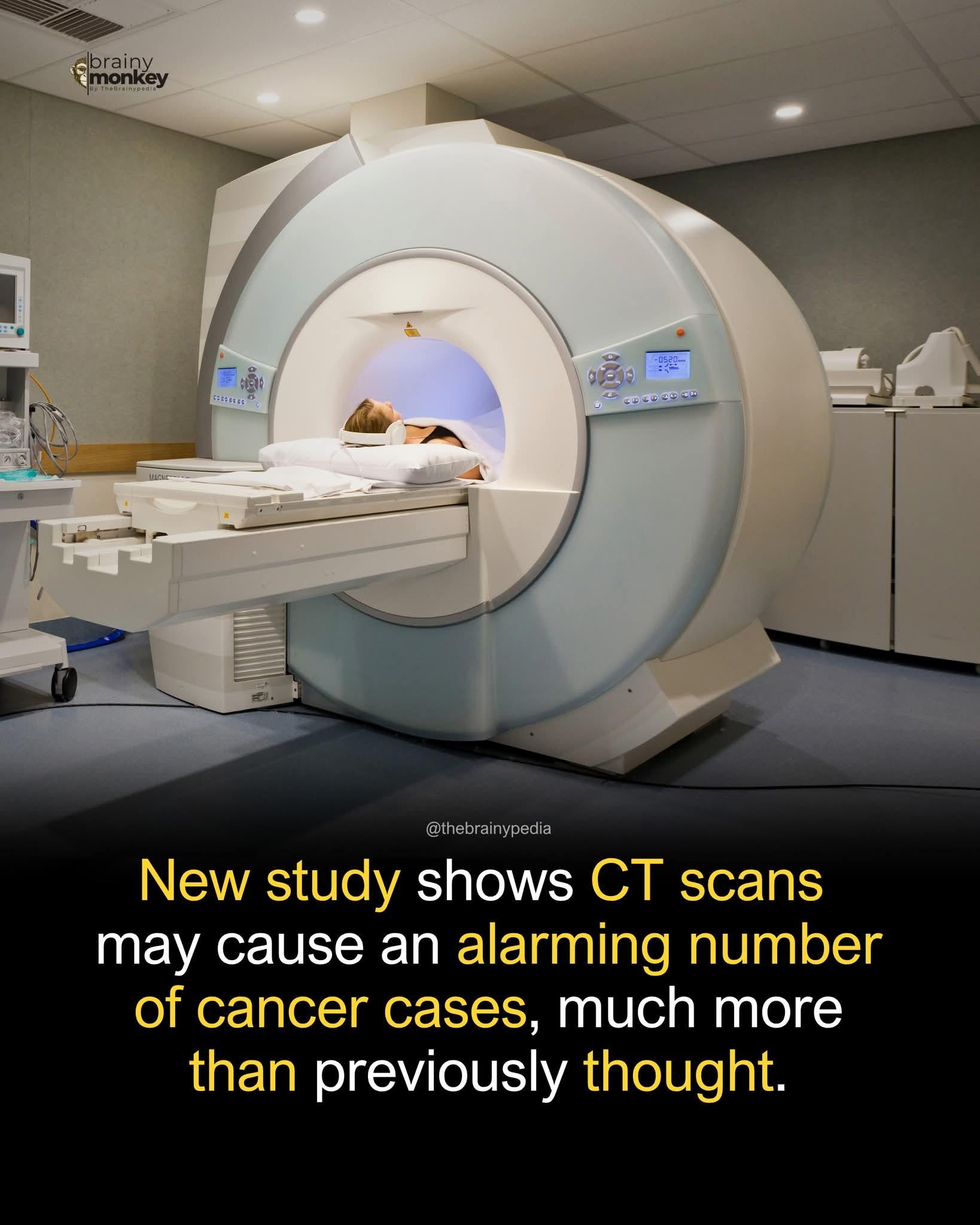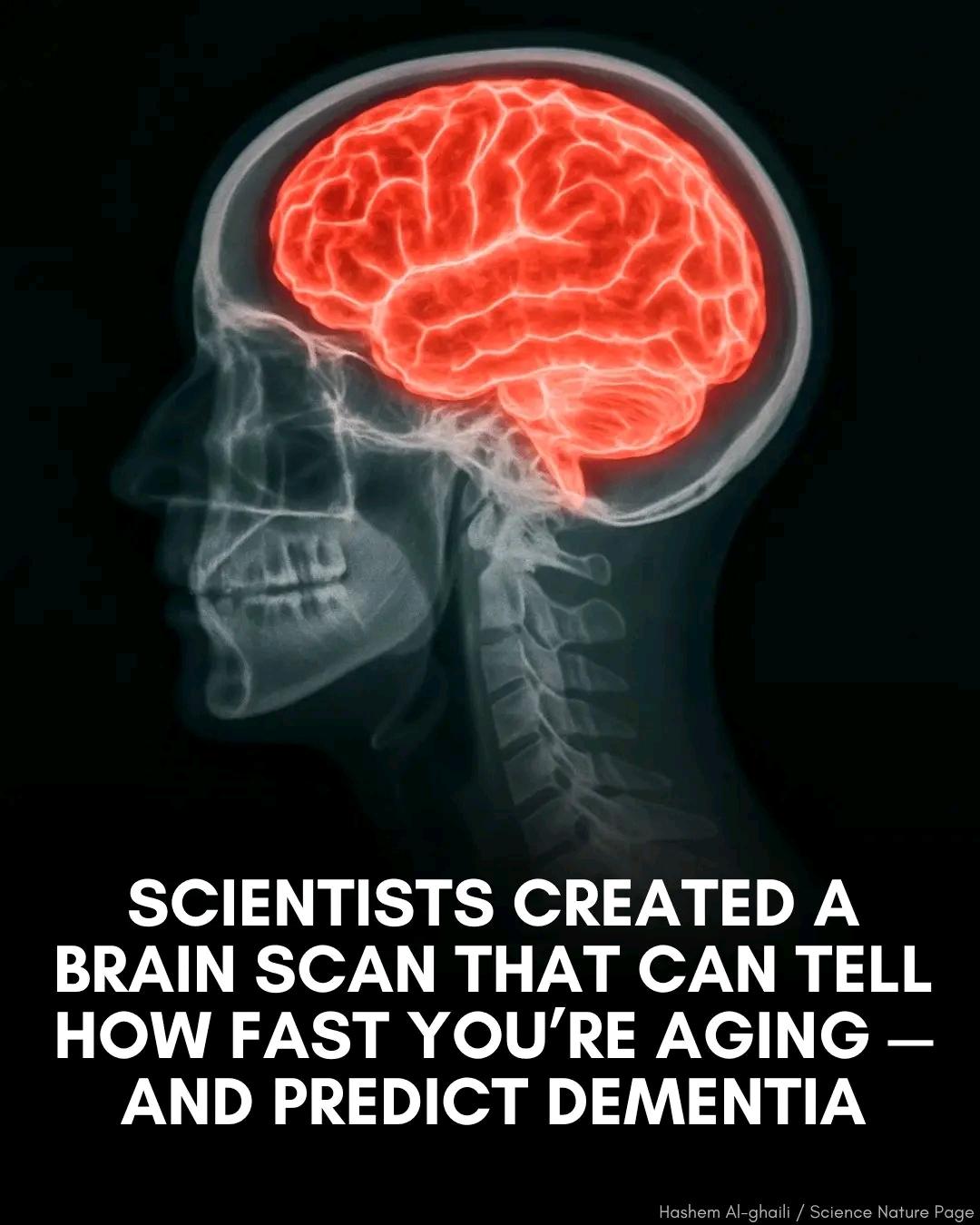মাছের মাথার ভেতর কোটি টাকার ব্যবসা.?
এটা গল্প না, বাস্তব সত্য!
বাংলাদেশের অধিকাংশ মানুষ যখন মাছের মাথা ফেলে দেয়, কিন্তু বিশ্বব্যাপী এই অংশটা কিনে নেয় লাখ লাখ টাকায়।
কারণ মাছের মাথার ভেতরেই আছে এক ছোট্ট কিন্তু অমূল্য সম্পদ- পিটুইটারি গ্লান্ড (Pituitary Gland).!!
পিটুইটারি গ্লান্ড কী?
এটা মাছের ব্রেইনের নিচের অংশে থাকা হরমোন নিঃসরণকারী একটি ছোট গ্রন্থি। এটি মাছের প্রজনন বা “induced breeding” এর জন্য অপরিহার্য।
বিশ্বের অনেক হ্যাচারি ও গবেষণাগারে এই গ্লান্ড থেকে GtH (Gonadotropic Hormone) সংগ্রহ করে ব্যবহার করা হয়।
কেন এত চাহিদা? কোথায় ব্যবহৃত হয়?
এই গ্লান্ড সবচেয়ে বেশি ব্যবহৃত হয়:
Fish Hatchery Industry – কৃত্রিম প্রজনন করাতে
Pharmaceutical Research – হরমোন গবেষণায়
Aqua Tech Companies – প্রজনন বুস্টার ও ঔষধ প্রস্তুত করতে
বিশ্বের যে দেশগুলোতে এর চাহিদা সবচেয়ে বেশঃ
চীন
ভিয়েতনাম
থাইল্যান্ড
ইন্দোনেশিয়া
ফিলিপাইন
এক কেজি পিটুইটারি গ্লান্ডের দাম কত?
প্রতি কেজি গ্লান্ডের দাম আন্তর্জাতিক বাজারে হয়:
৩০,০০০ থেকে ৫০,০০০ মার্কিন ডলার (প্রায় ৩০–৫০ লাখ টাকা)
একটি গ্লান্ডের ওজন হয় মাত্র ৫–১০ মিলিগ্রাম
১ কেজি = প্রায় ৪,০০০–৫,০০০ মাছের গ্লান্ড
কোন মাছের গ্লান্ড সবচেয়ে বেশি চাহিদাসম্পন্ন?
• রুই
• কাতলা
• মৃগেল
• পাঙ্গাস
• শিং
• মাগুর
• টেংরা, বোয়াল, বাইম
এই মাছগুলোর গ্লান্ড সবচেয়ে কার্যকর ও মূল্যবান
সংরক্ষণ ও প্রক্রিয়াকরণ
গ্লান্ড সংগ্রহ করার পর এটি সংরক্ষণ করতে হয়:
Deep Freeze (-40°C)
অথবা Ethanol Solution-এ ডুবিয়ে
পরে এটি কাঁচা বা প্রসেসড অবস্থায় রপ্তানি করা হয়
রপ্তানি প্রক্রিয়া ও লাইসেন্স
আপনি চাইলে বাংলাদেশ থেকেই এই গ্লান্ড রপ্তানি করতে পারেন, তবে আপনাকে নিতে হবেঃ
ট্রেড লাইসেন্স
ব্যবসা রেজিস্ট্রেশন (BIN)
VAT নম্বর
রপ্তানি উন্নয়ন ব্যুরো (EPB) রেজিস্ট্রেশন
মৎস্য অধিদপ্তর থেকে অনুমোদন
ফিশ প্রসেসিং ও এক্সপোর্ট লাইসেন্স
কীভাবে বায়ার খুঁজবেন?
বিদেশি হ্যাচারি কোম্পানি ও রিসার্চ ল্যাব
Alibaba, Made-in-China, Tradekey-এর মতো B2B সাইট
চীনের ডিলার বা এজেন্ট
আন্তর্জাতিক ফিশারিজ ট্রেড ফেয়ার
সোশ্যাল মিডিয়া ও ওয়েবসাইটের মাধ্যমে প্রমোশন
কত টাকা ইনভেস্টমেন্ট লাগবে?
• ছোট স্কেলে (ঘরে বসে গ্লান্ড কালেকশন): ৪০-৫০ হাজার টাকা
• মিড স্কেল (সংরক্ষণ + নমুনা প্রেরণ): ১–২ লাখ টাকা
• বড় স্কেলে প্রসেসিং ল্যাব ও এক্সপোর্ট সেটআপ: ৫–১০ লাখ টাকা
বাংলাদেশে কোথায় বেশি সম্ভাবনা?
• ময়মনসিংহ
• রাজশাহী
• খুলনা
• বরিশাল
• কুমিল্লা
• সিলেট
এই অঞ্চলে প্রতিদিন হাজার হাজার টন মাছ কাটাকাটি হয় — কিন্তু এই মূল্যবান গ্লান্ড অনেক সময় ফেলে দেওয়া হয় জাস্ট “অজ্ঞানতায়”।
কেন এটা বাংলাদেশের জন্য গুরুত্বপূর্ণ?
• দেশের রপ্তানি আয় বাড়বে
• মাছের সব অংশের ভ্যালু পাওয়া যাবে
• উদ্যোক্তাদের নতুন লাভজনক খাত
• বৈধভাবে রেমিটেন্স আনার সুযোগ
• সরকারি সহায়তা থাকলে বছরে ৫০+ মিলিয়ন ডলার আয় সম্ভব
আপনার জন্য পরামর্শ:
মাছের গ্লান্ড নিয়ে রিসার্চ করুন
স্থানীয় মৎস্য অফিসে যোগাযোগ করুন
প্রশিক্ষণ নিন, তারপর লাইসেন্স নিন
১০০% বৈধভাবে এই ব্যবসা শুরু করুন
আন্তর্জাতিক বায়ারদের সাথে কানেক্ট করুন
#রপ্তানি
#ইম্পোর্ট
#startabusiness
#importexport
#এক্সপোর্ট
#export
#business
#entrepreneur
#মাছ_রপ্তানি
#কোটি
#পিটুইটারি
মাছের মাথার ভেতর কোটি টাকার ব্যবসা.? 😲
এটা গল্প না, বাস্তব সত্য!
বাংলাদেশের অধিকাংশ মানুষ যখন মাছের মাথা ফেলে দেয়, কিন্তু বিশ্বব্যাপী এই অংশটা কিনে নেয় লাখ লাখ টাকায়।
কারণ মাছের মাথার ভেতরেই আছে এক ছোট্ট কিন্তু অমূল্য সম্পদ- পিটুইটারি গ্লান্ড (Pituitary Gland).!!
🧠 পিটুইটারি গ্লান্ড কী?
এটা মাছের ব্রেইনের নিচের অংশে থাকা হরমোন নিঃসরণকারী একটি ছোট গ্রন্থি। এটি মাছের প্রজনন বা “induced breeding” এর জন্য অপরিহার্য।
বিশ্বের অনেক হ্যাচারি ও গবেষণাগারে এই গ্লান্ড থেকে GtH (Gonadotropic Hormone) সংগ্রহ করে ব্যবহার করা হয়।
🌍 কেন এত চাহিদা? কোথায় ব্যবহৃত হয়?
এই গ্লান্ড সবচেয়ে বেশি ব্যবহৃত হয়:
✅ Fish Hatchery Industry – কৃত্রিম প্রজনন করাতে
✅ Pharmaceutical Research – হরমোন গবেষণায়
✅ Aqua Tech Companies – প্রজনন বুস্টার ও ঔষধ প্রস্তুত করতে
বিশ্বের যে দেশগুলোতে এর চাহিদা সবচেয়ে বেশঃ
🇨🇳 চীন
🇻🇳 ভিয়েতনাম
🇹🇭 থাইল্যান্ড
🇮🇩 ইন্দোনেশিয়া
🇵🇭 ফিলিপাইন
💸 এক কেজি পিটুইটারি গ্লান্ডের দাম কত?
প্রতি কেজি গ্লান্ডের দাম আন্তর্জাতিক বাজারে হয়:
৩০,০০০ থেকে ৫০,০০০ মার্কিন ডলার (প্রায় ৩০–৫০ লাখ টাকা) 😲
একটি গ্লান্ডের ওজন হয় মাত্র ৫–১০ মিলিগ্রাম
১ কেজি = প্রায় ৪,০০০–৫,০০০ মাছের গ্লান্ড
🐟 কোন মাছের গ্লান্ড সবচেয়ে বেশি চাহিদাসম্পন্ন?
• রুই
• কাতলা
• মৃগেল
• পাঙ্গাস
• শিং
• মাগুর
• টেংরা, বোয়াল, বাইম
এই মাছগুলোর গ্লান্ড সবচেয়ে কার্যকর ও মূল্যবান
🧊 সংরক্ষণ ও প্রক্রিয়াকরণ
গ্লান্ড সংগ্রহ করার পর এটি সংরক্ষণ করতে হয়:
✅ Deep Freeze (-40°C)
✅ অথবা Ethanol Solution-এ ডুবিয়ে
পরে এটি কাঁচা বা প্রসেসড অবস্থায় রপ্তানি করা হয়
📦 রপ্তানি প্রক্রিয়া ও লাইসেন্স
আপনি চাইলে বাংলাদেশ থেকেই এই গ্লান্ড রপ্তানি করতে পারেন, তবে আপনাকে নিতে হবেঃ
🔹 ট্রেড লাইসেন্স
🔹 ব্যবসা রেজিস্ট্রেশন (BIN)
🔹 VAT নম্বর
🔹 রপ্তানি উন্নয়ন ব্যুরো (EPB) রেজিস্ট্রেশন
🔹 মৎস্য অধিদপ্তর থেকে অনুমোদন
🔹 ফিশ প্রসেসিং ও এক্সপোর্ট লাইসেন্স
📈 কীভাবে বায়ার খুঁজবেন?
✅ বিদেশি হ্যাচারি কোম্পানি ও রিসার্চ ল্যাব
✅ Alibaba, Made-in-China, Tradekey-এর মতো B2B সাইট
✅ চীনের ডিলার বা এজেন্ট
✅ আন্তর্জাতিক ফিশারিজ ট্রেড ফেয়ার
✅ সোশ্যাল মিডিয়া ও ওয়েবসাইটের মাধ্যমে প্রমোশন
💼 কত টাকা ইনভেস্টমেন্ট লাগবে?
• ছোট স্কেলে (ঘরে বসে গ্লান্ড কালেকশন): ৪০-৫০ হাজার টাকা
• মিড স্কেল (সংরক্ষণ + নমুনা প্রেরণ): ১–২ লাখ টাকা
• বড় স্কেলে প্রসেসিং ল্যাব ও এক্সপোর্ট সেটআপ: ৫–১০ লাখ টাকা
📍 বাংলাদেশে কোথায় বেশি সম্ভাবনা?
• ময়মনসিংহ
• রাজশাহী
• খুলনা
• বরিশাল
• কুমিল্লা
• সিলেট
এই অঞ্চলে প্রতিদিন হাজার হাজার টন মাছ কাটাকাটি হয় — কিন্তু এই মূল্যবান গ্লান্ড অনেক সময় ফেলে দেওয়া হয় জাস্ট “অজ্ঞানতায়”।
✅ কেন এটা বাংলাদেশের জন্য গুরুত্বপূর্ণ?
• দেশের রপ্তানি আয় বাড়বে
• মাছের সব অংশের ভ্যালু পাওয়া যাবে
• উদ্যোক্তাদের নতুন লাভজনক খাত
• বৈধভাবে রেমিটেন্স আনার সুযোগ
• সরকারি সহায়তা থাকলে বছরে ৫০+ মিলিয়ন ডলার আয় সম্ভব
🔥 আপনার জন্য পরামর্শ:
✅ মাছের গ্লান্ড নিয়ে রিসার্চ করুন
✅ স্থানীয় মৎস্য অফিসে যোগাযোগ করুন
✅ প্রশিক্ষণ নিন, তারপর লাইসেন্স নিন
✅ ১০০% বৈধভাবে এই ব্যবসা শুরু করুন
✅ আন্তর্জাতিক বায়ারদের সাথে কানেক্ট করুন
#রপ্তানি
#ইম্পোর্ট
#startabusiness
#importexport
#এক্সপোর্ট
#export
#business
#entrepreneur
#মাছ_রপ্তানি
#কোটি
#পিটুইটারি



